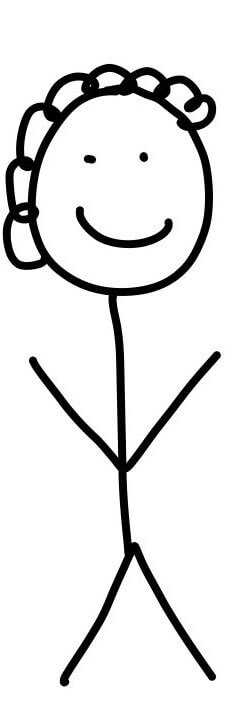
Here's a preview from my zine, The Secret Rules of the Terminal! If you want to see more comics like this, sign up for my saturday comics newsletter or browse more comics!
 get the zine!
get the zine!
read the transcript!
redirect to a file:
cmd > file.txt
terminal emulator into program, program out to file.txt, error out to terminal emulator
append to a file:
cmd >> file.txt
terminal emulator into program, program out to file.txt (append mode), error out to terminal emulator
send a file to stdin:
cmd < file.txt
file.txt into program, program out and err to terminal emulator
redirect stderr to a file:
cmd 2 > file.txt
terminal emulator into program, program out to nowhere, err out to file.txt
redirect stdout AND stderr:
cmd > file.txt 2>&1
terminal emulator into program, out and err to file.txt
pipe stdout:
cmd1 | cmd2
terminal emulator into program 1, 1 out to program 2 via pipe, 2 out to command line, program 2 out 1 and 2 to terminal emulator
pipe stdout AND stderr:
cmd1 2>&1 | cmd2
terminal emulator into program 1, 1 and 2 out to program 2 via pipe, program 2 out 1 and 2 to terminal emulator
three gotchas
cmd file.txt > file.txtwill delete the contents offile.txtsome people useset -o noclobber(in bash/zsh) to avoid this
but I just have “never read from redirect to the same file” seared into my memory.
sudo echo blah > /root/file.txtdoesn’t write to/root/file.txtas root. Instead, do:
echo blah | sudo tee /root/file.txt
or
sudo sh -c 'echo blah > /root/file.txt'
cmd 2>&1 > file.txtdoesn’t write both stdout and stderr tofile.txt. Instead, do:cmd > file.txt 2>&1
cat vs <
I almost always prefer to do:
cat file.txt | cmd
instead of
cmd < file.txt
it works fine & it feels better to me
using cat can be slower if if’s a GIANT file though
&> and &|
some shells support &> and &| to redirect/pipe both stdout and stderr
(also some shells use |& instead of &|)